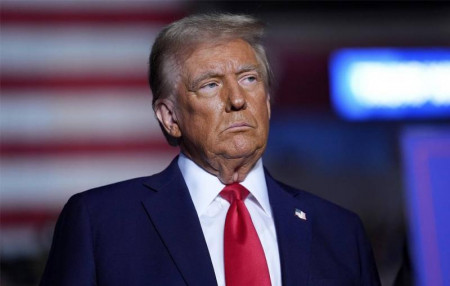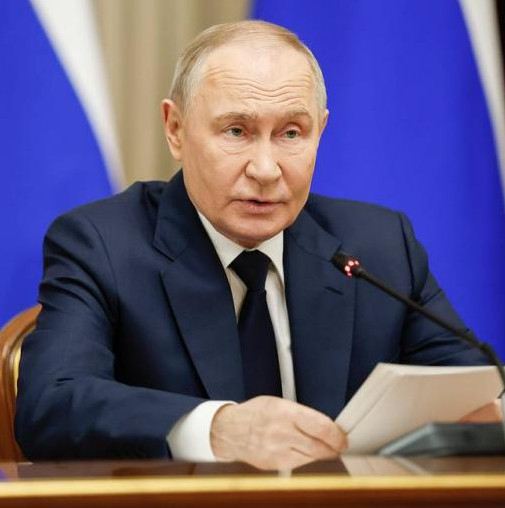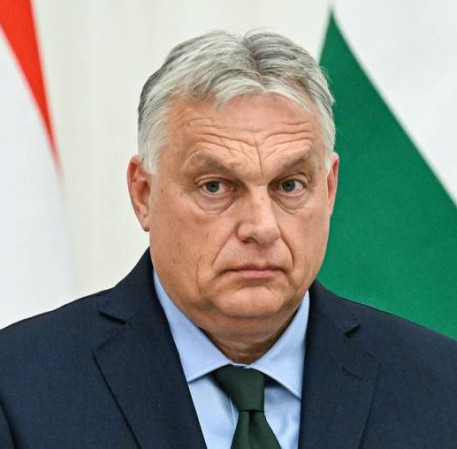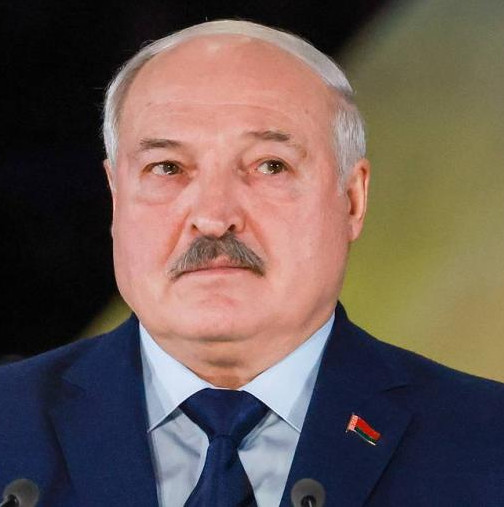
It has been just over three months since Donald Trump became President of the United States but he already managed to come up a number of vivid statements about ways to make his MAGA ideas come to life. Among other things, he announced intent to annex Canada and Greenland, take the Panama Canal back into US ownership, showing unwillingness to adhere to the basic values underpinning the international order (national sovereignty, territorial integrity and border inviolability), if this prevents him from achieving the objectives.
He has applied import tariffs as the key economic instrument of coercion. Even during the election campaign, he pledged to promote legislation empowering him to get a crack at any country that levies duties on US-made goods or has a significant trade surplus with the United States, as well as those going to combat dollar dominance. And on February 7, he said he would soon announce "retaliatory tariffs" for countries that levy duties on American goods, which, according to Bloomberg, could greatly escalate trade war. Apart from that, February 10 saw Trump order 25 percent customs duties on any steel and aluminum shipments to the United States from abroad.
These statements have demonstrated that Trump intends to use tariffs as the central element of his campaign for transforming US economy, reducing trade deficits and finding new sources of income to implement the tax program planned.
The real scale of these ambitions remains unclear, but subsequent events have shown that he plans to use tariffs primarily as leverage in negotiations. So, early on January 26, the American president ordered tariffs against Colombia for refusing to accept its deported natives, and the same evening, the countries did reach an agreement. He later announced intention to impose an extra 25 percent tariff on goods from Canada and Mexico starting February 1, and a 10 percent one on those from China (these countries account for 40 percent of US imports). The formal reason was illegal flow of migrants and drug trafficking across the United States’ southern and northern borders. Mind you, the administration is well aware that Canada and Mexico will face a truly catastrophic aftermath. So far, the threats voiced have not been made good on. On February 3, the very next day after their introduction, Trump suspended the duties for a month following his negotiations with the leaders of Canada and Mexico. The parties agreed to augment border controls to curb drug smuggling. But Trump warned that if the economic part of the deal falls through, the ruling will take effect right away. However, these actions confirm the idea expressed about the role of tariffs in his economic policy.
With regard to China, he also alternated harsh statements with signals of cooperation willingness, but the fact that he ordered reviewing the agreement he signed in 2020 means that negotiations may be delayed. And the Chinese reaction was different, for which there are certain economic reasons. Industrial production in China is one third higher than in the United States, for which reason it sells a lot more to America than it buys. As a result, the US trade deficit with China reached nearly $1 trillion last year. This is why China responded by imposing additional 10 percent tariffs on imports of American oil and agricultural machinery, and 15 percent ones on LNG and coal. Also, export controls have been introduced on five metals used in the defense industry, green energy and other sectors — tungsten, indium and other metals. Experts see here another Chinese attempt to boost its leadership in extracting and processing critically important minerals needed to manufacture smartphones, e-vehicle batteries, infrared sensors for missiles and ammunition, etc. Chinese LNG buyers are discussing with their peers in Asia and Europe a possible exchange of American cargoes for supplies coming from other sources. So far, this response has not entailed far-reaching effects to the United States, and Beijing is probably reserving tougher retaliatory measures for negotiations to come.
Notably, it is 8 years ago that the United States started actively using tariffs as leverage, during Trump’s first term as POTUS. And the tariffs he imposed were mostly retained under Joe Biden or expanded, as in case with China. Giving precedence to aggressive tariff trade policies, the United States has not concluded a single major trade deal since 2017 against the EU’s eight or China’s nine, including a landmark partnership with 15 countries in Asia. In over 4/5 of countries, both developed and developing, there was an increase in trade as a GDP share. It grew by more than 10 percent in Japan, Italy, Sweden, Vietnam, Greece, and Turkey. The only exception was the United States, where the figure fell to 25 percent, while in world trade in was down to 15 percent.
As a result, over the past eight years, the center of world trade has shifted from the United States to the Middle East and Asia, and the shrinking US engagement in world trade has been offset by other regions’ growth, primarily Asia and the Middle East. Of the 10 fastest-growing trade corridors, five have China as their destination, while only two have the United States. In other words, global trade flows have begun to change, with most countries stepping up trade outside the United States. And this process is likely to accelerate as a result of the new American administration’s trade strategy. Facts point to this as well. So, right after Trump was elected president in late 2014, the EU hastened to clinch an agreement with members of the MERCOSUR alliance in South America, and then with Mexico — both had been developing for a quarter of a century. Mexico is now actively expanding trade ties with other Latin American countries to insure against Trump's transition from threats to action. So, his trade policy 2.0 seems prompting the world to develop global trade without the USA engaged.
Although Trump has not yet taken any real action on his numerous tariff threats, chances are high that he will do so in the end. This raises fears that America’s aggressive trade policy will slow down economic growth and cause instability in global markets. Moreover, Trump's announced tariff regime is not only going to harm his key objective of containing China, but, as the abovementioned examples show, will make US allies look for other markets to trade. Besides, the tariffs will harm American jobs, investment and consumers. President of Autos Drive America Jennifer Safavian said "US automakers would be better served by policies that reduce barriers for manufacturers, ease regulations that hinder production and create greater export opportunities." In addition, the Pacific northwest, and northeast of the United States are heavily dependent on electricity and gas flows from Canada. And a 10 percent increase in the cost of Canadian oil is critical indeed for Midwestern refineries that have few short-term replacement options.


